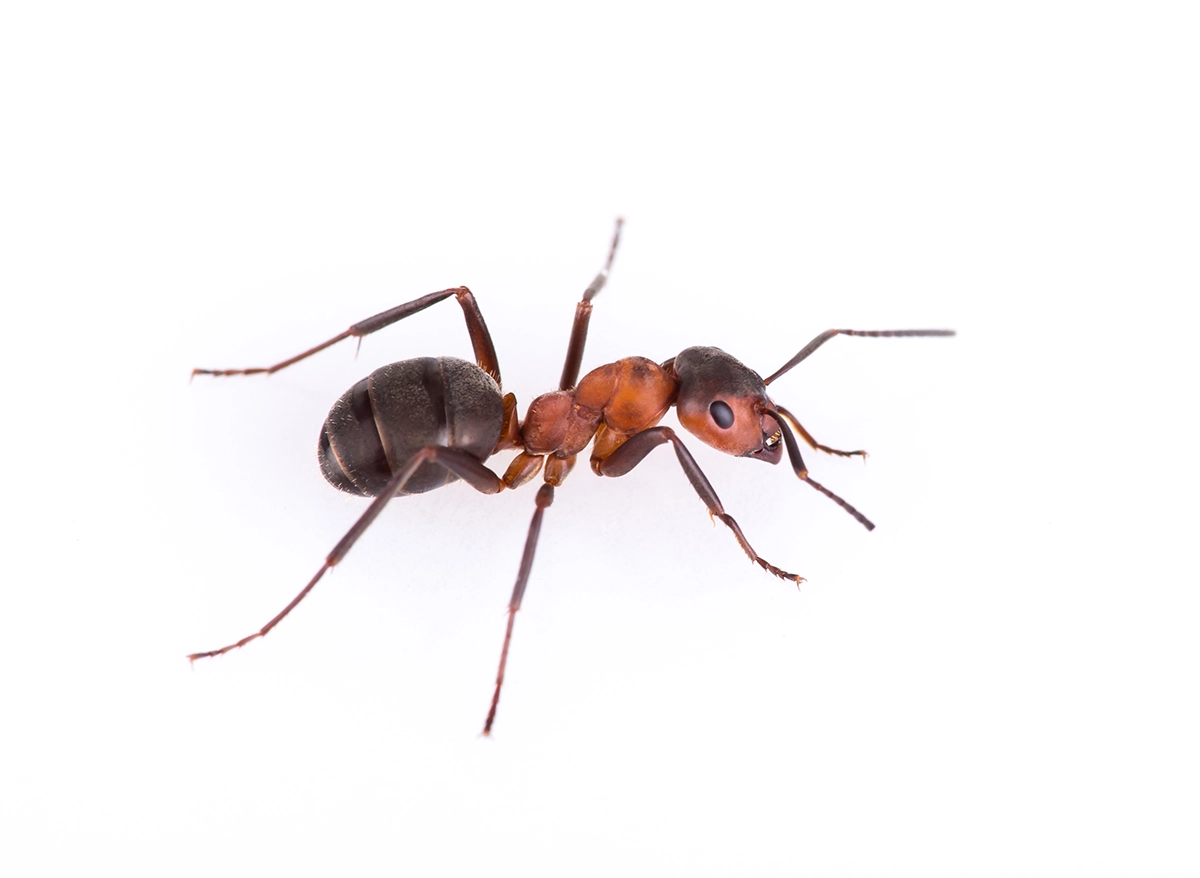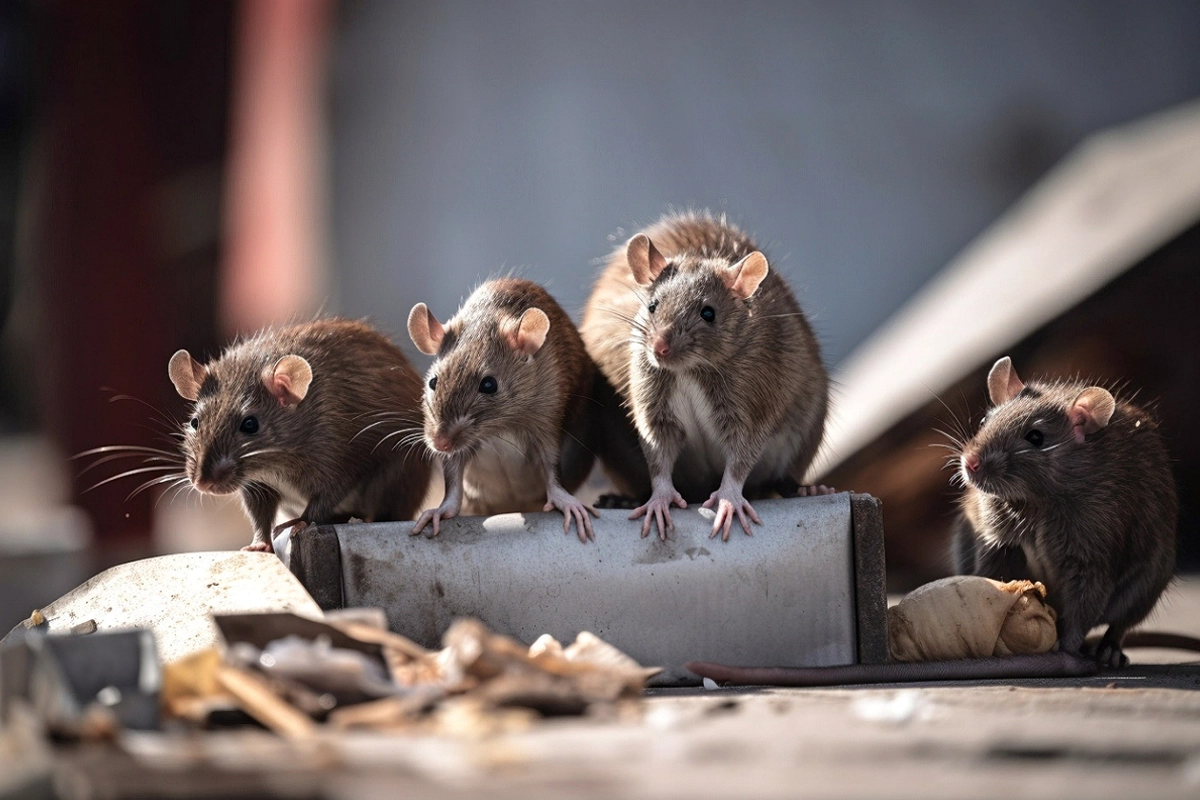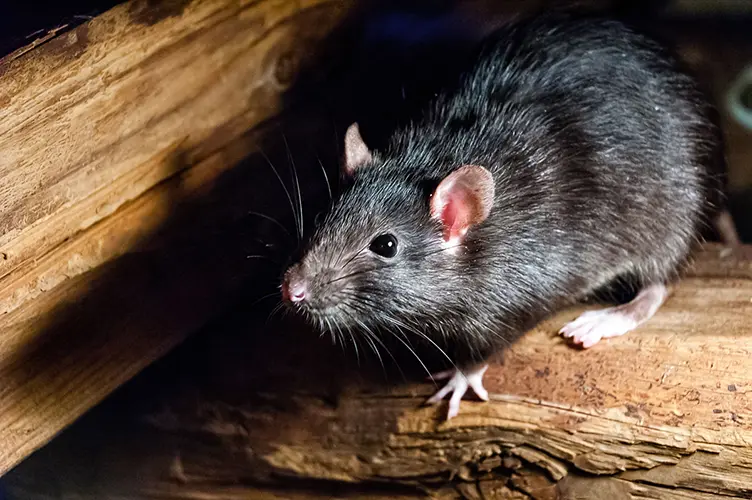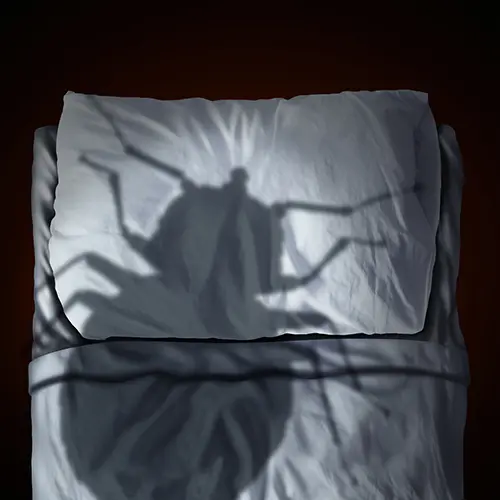In the enchanting wilderness of Ketchikan, Alaska, where nature reigns supreme, there’s a delicate balance to maintain between appreciating the local flora and fauna and managing potential pest populations. Among the creatures that coexist with residents and visitors alike are spiders – fascinating arachnids that play a crucial role in the ecosystem. However, from a pest control perspective, it’s essential to strike a balance between preserving the natural environment and ensuring the comfort and safety of human inhabitants. Let’s explore how pest control measures are implemented to manage spiders in Ketchikan:
- Identification of Pest Species
Effective pest control begins with identifying the target species. In Ketchikan, common spider species such as the Giant House Spider, Cellar Spider, and Jumping Spider may occasionally pose nuisance problems for residents. Pest control professionals are trained to recognize these species and assess the extent of infestations. - Inspection and Assessment
Pest control technicians conduct thorough inspections of residential and commercial properties to identify potential harborage areas and entry points for spiders. They examine outdoor areas, including eaves, decks, and landscaping features, as well as interior spaces such as basements, attics, and crawl spaces, where spiders may seek shelter. - Integrated Pest Management (IPM) Approach
Alaska Pest Management employs an Integrated Pest Management (IPM) approach, which emphasizes proactive prevention and minimizes reliance on chemical pesticides. IPM strategies may include sealing entry points, reducing clutter, and modifying environmental conditions to deter spider activity. - Exclusion and Seal-Up
Sealing cracks, gaps, and other entry points is crucial for preventing spiders from infiltrating buildings. Use caulking, weatherstripping, and other sealants to exclude spiders and other pests from entering structures. Additionally, installing door sweeps and screens on windows helps limit access points. - Habitat Modification
Altering the habitat to make it less hospitable to spiders is another component of effective pest control. This may involve reducing outdoor lighting, which attracts insects that serve as prey for spiders, or trimming vegetation near buildings to eliminate potential harborage sites. - Education and Outreach
We like to prioritize education and outreach efforts to empower residents with knowledge about spider behavior, prevention techniques, and the importance of habitat conservation. By fostering a deeper understanding of spiders and their role in the ecosystem, communities can work together to mitigate pest issues while preserving biodiversity. - Responsible Chemical Treatments
In cases where non-chemical methods alone are insufficient to control spider populations, Alaska Pest Management may employ targeted chemical treatments. These treatments are applied judiciously and in accordance with industry best practices to minimize environmental impact and ensure the safety of residents, pets, and wildlife.
Managing spiders in Ketchikan, Alaska, requires a comprehensive approach that balances pest control objectives with environmental stewardship. By implementing integrated pest management strategies, prioritizing prevention, and fostering community engagement, pest control professionals play a vital role in promoting harmony between humans and nature in this captivating corner of the Last Frontier. Call Alaska Pest Management today and get a plan together for the upcoming season!

